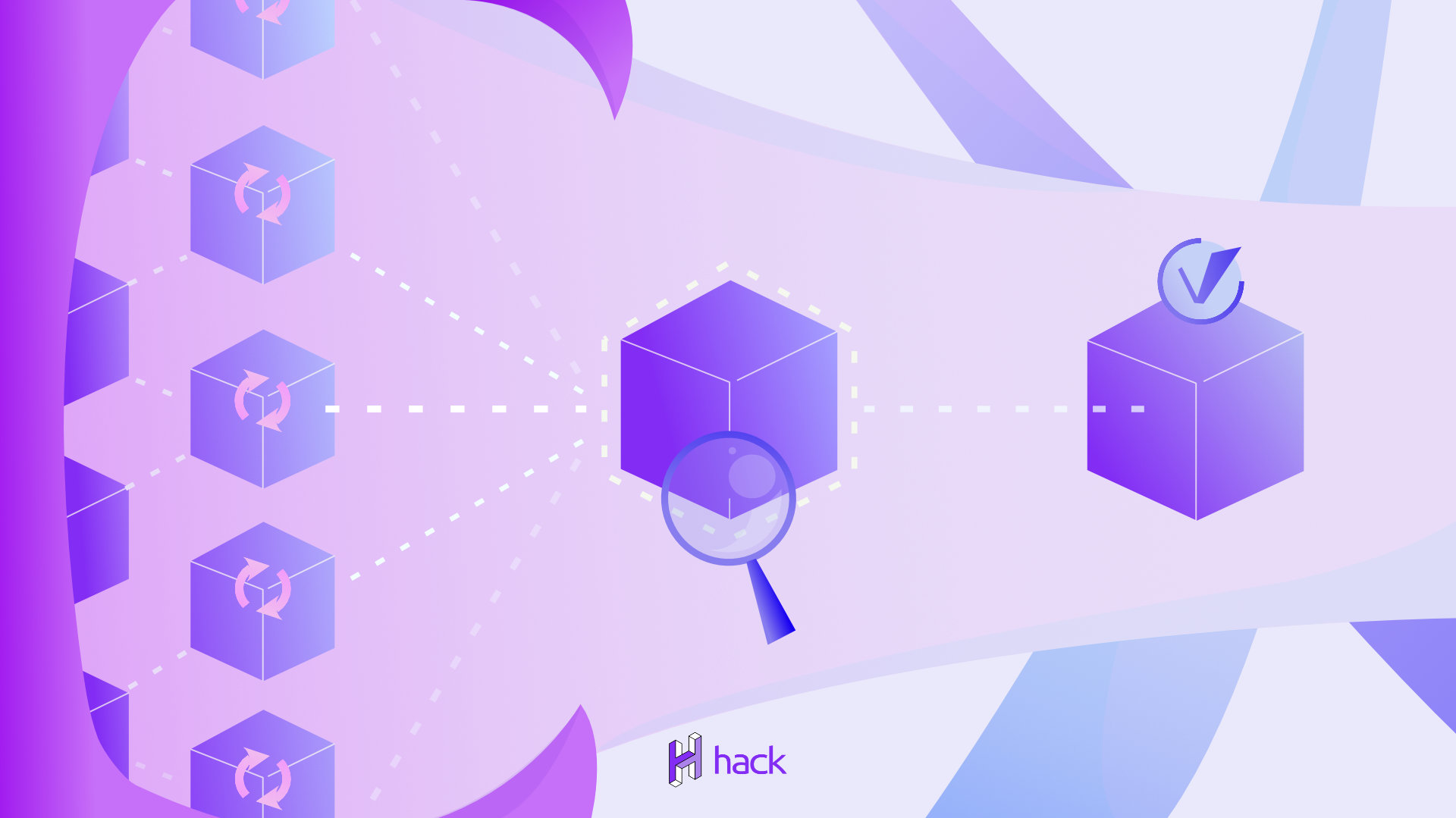Ethereum’s blockchain scalability problem is well known and the focus of much research and development. The network can only process a few dozen transactions per second, which is not enough for mass adoption. Not to mention that the network is highly congested and transaction fees are extremely high. The community has been working on solutions for years, and there are many different approaches to solving this problem like sharding, state channels, sidechains, etc. One of the most recent and promising solutions are rollups.
What is a Rollup?
Rollups are a layer-2 scaling solution that allows for a large number of transactions to be processed off-chain and then compressed into a single transaction “rolled up” on-chain while using the security of the Ethereum blockchain. This article will provide an overview of the rollups ecosystem and explain the different types of rollups and their tradeoffs.
The main advantage of rollups as opposed to the currently most popular layer-2 solution, sidechains, is that they are inherently more secure. Sidechains are completely independent blockchains that are secured by their own consensus mechanism. Rollups, on the other hand are secured by the Ethereum blockchain. Another key win for rollups is that funds are always available on the main chain, even if the rollup chain is down. This is not the case with sidechains, where funds are locked on the sidechain and can only be withdrawn when the sidechain is operational.
Overview of Rollup Architectures
Different rollup architectures have various tradeoffs in terms of security, scalability, and efficiency. The following table summarizes the rollup architectures based on data availability and proof types.

ZK Rollups
ZK rollups rely on zero-knowledge technology to compress a large number of transactions into a single transaction that is verified on-chain. The rollup operator publishes a validity proof that proves that the state transition is valid. The proof is verified by the smart contract on-chain, and if the proof is valid, the state transition is accepted and the state is updated. The proofs can be either SNARKs or STARKs. The main difference between the two is that STARKs are more efficient and do not require a trusted setup, but they are also more complex and harder to implement.
Optimistic Rollups
Optimistic rollups are similar to ZK rollups, but instead of publishing a validity proof, the rollup operator publishes a fraud proof if they detect a fraudulent state transition. Until then the state transition is considered valid. The fraud proof is verified on-chain, and if the proof is valid, the state transition is reverted. Usually there’s a window of time during which the fraud proof can be submitted. If the window expires, the state transition is considered valid and the state is updated.
Optimistic rollups are more efficient because the state is not validated on-chain, but that causes a delay in the availability of funds which is not optimal for some use cases. The delay is usually a few days, but it can be up to a week or more.
Validium
Validium architecture is presenting a more gas efficient and scalable solution. It is at the cost of storing the transaction data off-chain and relying on decentralized data storage solutions like IPFS. The risk of data unavailability is mitigated by the fact that the data is stored by multiple parties. However, if the data is unavailable, the state transition cannot be verified on-chain and the funds are locked until the data is available again.
Volition
Volitions are a mix of ZK rollups and Validium. The user can choose whether to publish the data on-chain or off-chain. This allows users to choose between security and efficiency based on their use case. For example, if the user is transferring a large amount of funds, they can publish the data on-chain and pay the higher gas fees. And if the transactions is of low value, they can choose the cheaper option of publishing the data off-chain.
Plasma
Plasma is very different from the other solutions because it is a sidechain. It is a completely independent blockchain that is secured by its own consensus mechanism. Yet, it still posts the state data on the root chain and uses fraud proofs to ensure that the state transitions are valid, very similar to optimistic rollups. The main difference is that transaction data is stored only on the sidechain, which introduces new security assumptions and makes it less secure and more centralized.
Rollup Projects
Currently, the most popular rollup projects are optimistic rollups and ZK rollups. Although ZK rollups are more future proof because of the instant state finality and the fact they are more secure, the development is still behind due to the complexity of the technology.
As of 18 January 2024, according to the analytics site L2Beat, the total value locked in Ethereum layer-2 networks is $21.97B. The majority of the value is locked in Optimistic rollups – 80% and ZK rollups – 7.4%.
Some of the most prominent rollup projects are Arbitrum One, Optimism, zkSync, StarkNet, and Polygon zkEVM.
Rollup Stages
Rollup projects undergo a phased evolution towards decentralization. In Stage 0, they begin with centralized control, operated by entities but incorporating transparency through source-available software. Stage 1 marks a shift to smart contract governance, introducing decentralized elements like fraud-proof submission and user exits, while a potential Security Council acts as a safety net. The final stage, Stage 2, embraces complete decentralization, managed solely by smart contracts. Here, a permissionless fraud-proof system, extended user exit periods, and a limited Security Council role for on-chain adjudicable errors define the fully matured state of a rollup project.
Inspired by Vitalik Buterin’s milestones, this framework provides a concise roadmap for evaluating the maturity and security of rollup projects.
Final Words
Rollups strike a good balance between security and efficiency and many think it is the future of Ethereum scaling. We are the stage where mass adoption is just around the corner, and rollups are arguably the best solution to make that happen. The ecosystem is still in its infancy, but it is growing rapidly and we are seeing more and more projects being built on top of rollups. It is exciting to see what the future holds for rollups and Ethereum in general.



